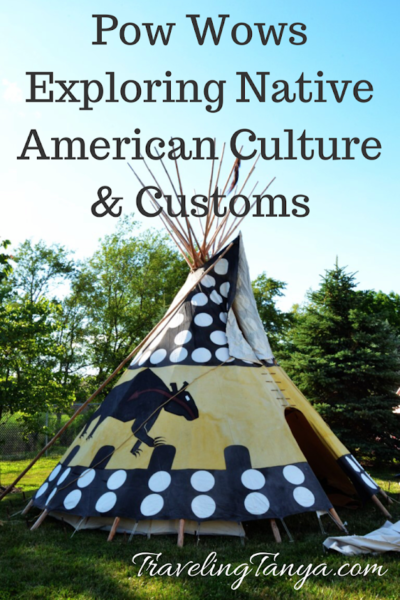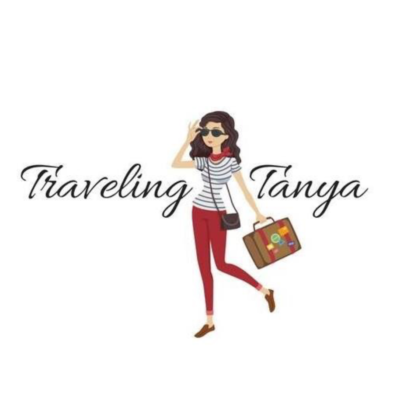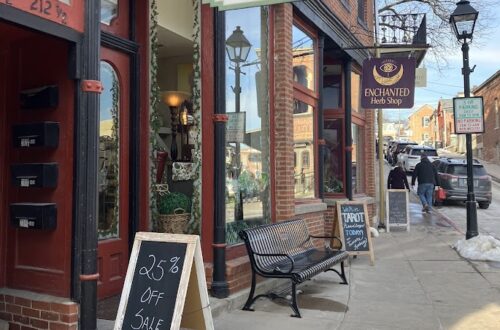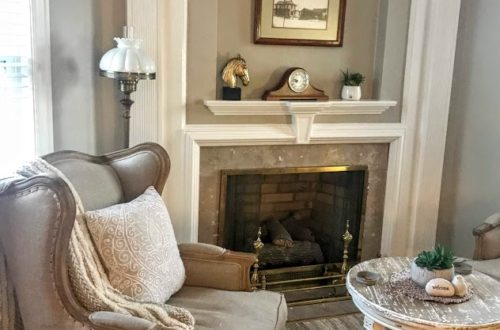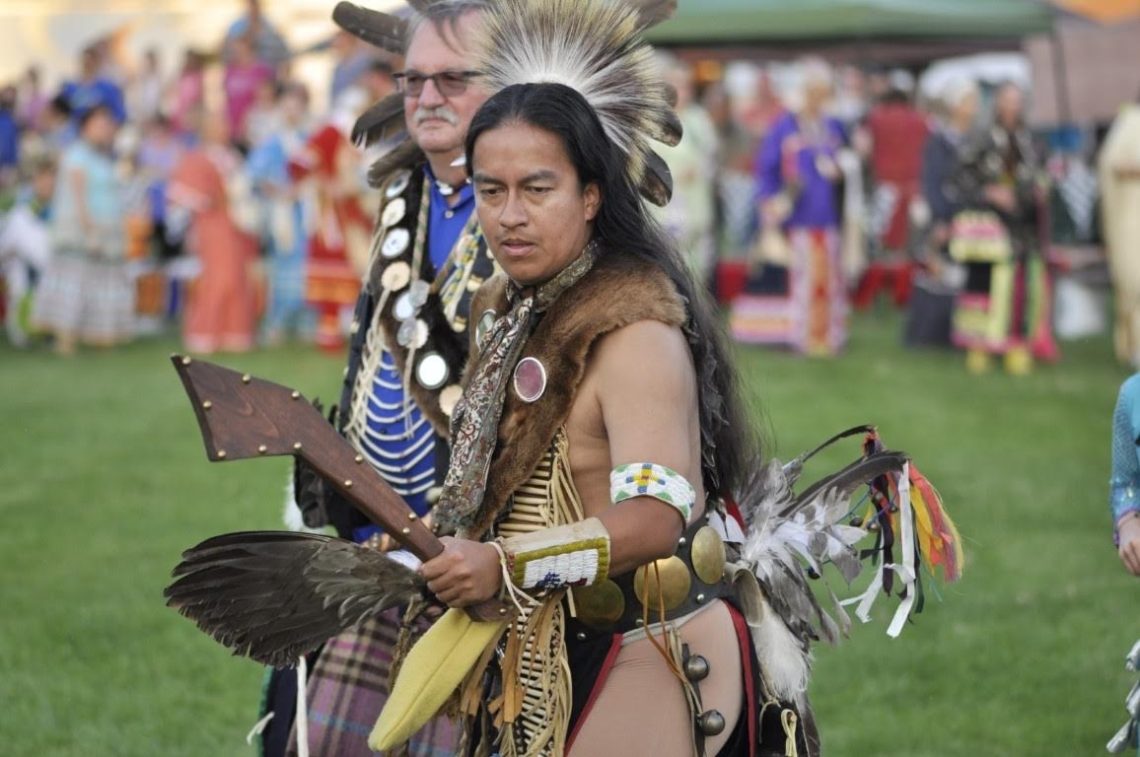
Pow Wows: Exploring Native American Culture and Customs (Guest Post)
For as long as I can remember, my dad has been attending powwows. While my family lineage does not include Native American ancestry, my dad has always been interested in the fascinating culture and customs of this community. And a powwow is the perfect opportunity to increase your knowledge of this indigenous population!
If you are interested in learning more about American Indian culture, then I strongly urge you to make a trip (or two) to Indiana this summer!
In 2023, two different powwows will be held in the Hoosier State.
The National Powwow, held every three years, is returning to Danville, Indiana July 6-9. This will be a massive event with people from all over the country in attendance…and you don’t want to miss it!
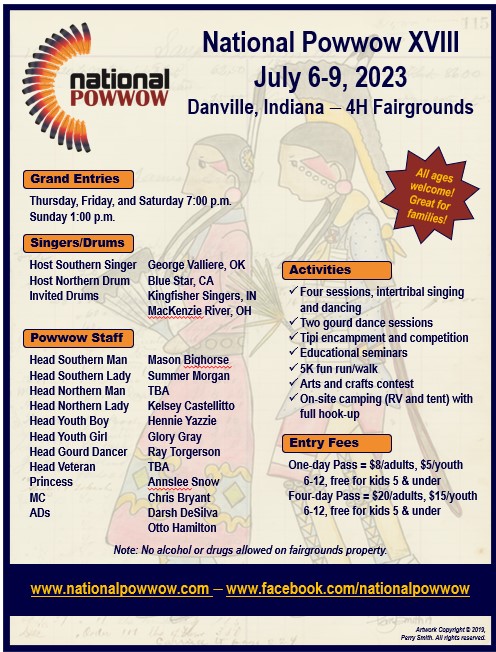
Check out my preview article for Visit Hendricks County for all the details on the National Powwow.
Then over labor day weekend, the Tecumseh Lodge will host their 62nd annual powwow in Tipton, Indiana, which is about 30 miles north of Indianapolis.
Tecumseh Lodge is primarily a Native American hobbyist group. That means it is made up primarily of non-Native American members who have a love and interest in preserving and promoting Native history, culture, dancing, and songs.
Each year around 300-400 dancers, 30-40 Native American craft vendors, and several Native American food vendors join together to celebrate the spirit of the powwow.
To find out more go to www.TecumsehLodge.org or follow the Tecumseh Lodge Educational Group on Facebook.
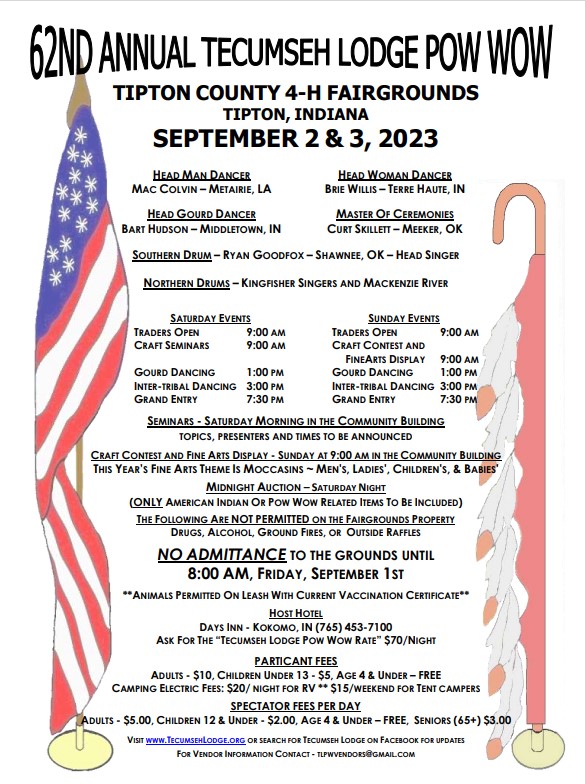
Still not sure if attending a powwow should be part of your travel plans? Keep reading!
I am excited to share the following guest post from my dear old dad where he describes what to expect when attending a powwow. After reading this I hope you will be inspired to include a powwow in your travels…and hopefully making a trip to Indiana!
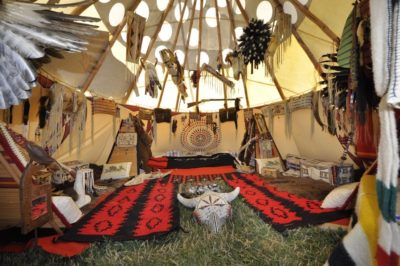
Guest Post, by Dennis Hammer
What Exactly is a Pow Wow?
A powwow is a gathering of Native American people and their guests who come together to sing, dance, renew old friendships, and make new ones. It is a celebration, a social gathering, a friendly dance competition. Just as important, a powwow is a time to focus thoughts on the old ways and to preserve the rich heritage of Native American culture.
There are sacred traditions to be found in this coming together of people. As the circle represents the unity of life, so the circle of the dance arena represents a joining together around the music of the drum and singers.
Many powwows are open to the general public, and everyone is welcome to experience the event.
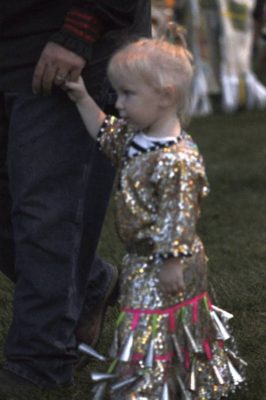
If you have the opportunity to attend a powwow, be sure to take it! The modern powwow is a link to the Native Americans’ past, and these ceremonies help them maintain their heritage.
These ceremonial legacies should be viewed with respect and honor by all in attendance.
To help you feel more at home attending a powwow, I’ve put together some useful information about powwows.
The Drum
The drum is central to every powwow. It is more than a musical instrument; it is the heartbeat of the Native American people.
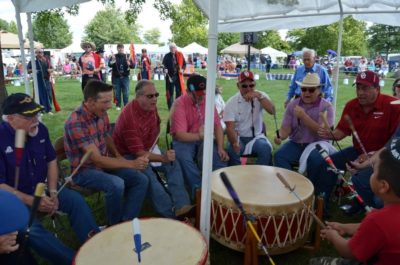
The drum sets the rhythm of the dance and the tempo of the song. The drum is made of hides, stretched over a wooden frame and laced together with rawhide thongs.
Without a drum, there is no powwow.
The drum and its singers are so important that they are often placed in the center of the arena.
The Dances
To the newcomer, the powwow dances may appear very similar, but each type has its own set of distinctive steps.
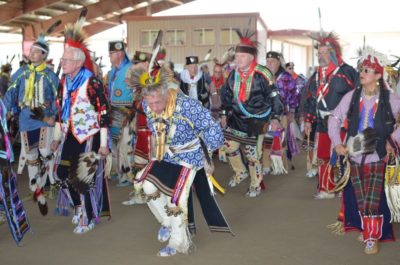
At many intertribal powwows, you can look for some basic classifications of dances for each sex. Male dancers will typically dance Traditional (or Straight), Fancy, and Grass dances, while female dancers will usually take part in Buckskin, Fancy Shawl and Jingle Dress dances.
Keep in mind that these are only a few of the many types of dances you may see at a powwow, depending on the tribal affiliation and purpose of the event.
The following explains the two primary forms of powwow dancing:
Traditional Dance
The Traditional Dance is one of the oldest forms, and its movements tell the story of a warrior stalking food or tracking an enemy. The Traditional Dancer will wear a single bustle of eagle feathers, a feathered or roach headdress, beaded moccasins and ankle bells. Usually he carries a shield, a weapon or dance stick, and may paint his face with a tribal or family design.
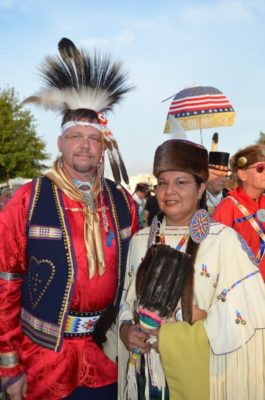
Fancy Dance
The Fancy Dance is one of the most athletic and strenuous of modern powwow dances, and is said to have originated in Oklahoma. The dance features jumps, spins and fancy footwork to the beat of the drum. The Fancy Dancer will wear two bustles of brilliantly colored feathers, a headdress, beaded moccasins, angora anklets with bells, armbands and carry two feathered sticks.
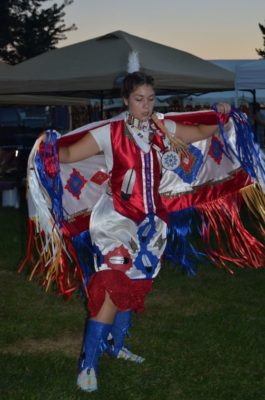
There are many other dance styles and specialized dances. Some have special meaning to specific groups of Native Americans and others are used at specific times to celebrate, remember, or honor people, places, and events.
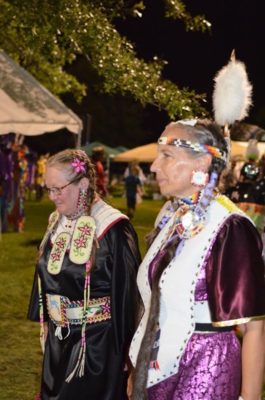
See some powwow dancing in action with this short video!
Have you ever attended a powwow? Whether you are a regular powwow attendee or not I hope you will plan to experience one or both of the powwows in Indiana this year!
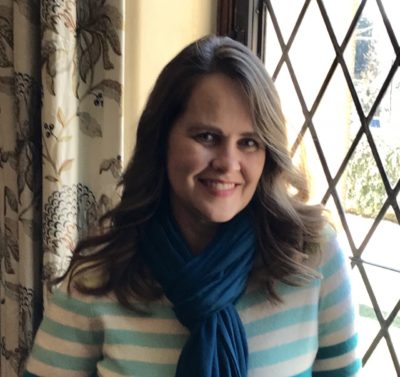 Wherever the road takes you, make it a joyous journey,
Wherever the road takes you, make it a joyous journey,
Traveling Tanya
P.S. Subscribe to my email list (at the top of the screen) and never miss out on any of Traveling Tanya’s exciting excursions or travel tips!
Pin It For Later!
